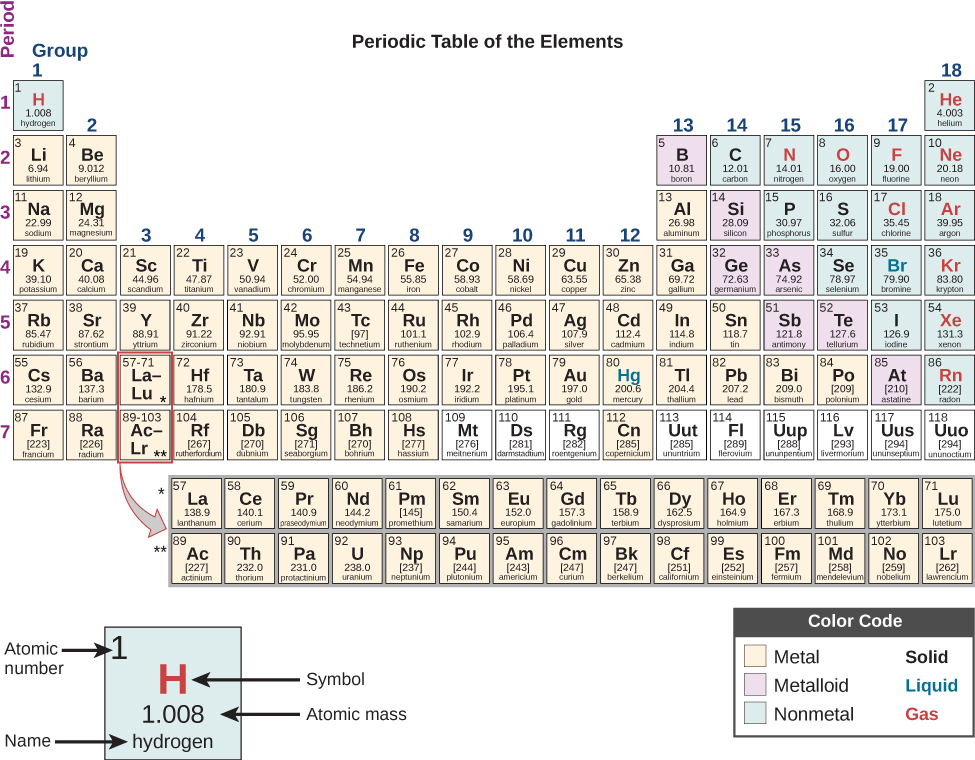Chemistry

Licenses and Attributions
Appendix F Chemistry. Authored by: OpenStax College. Located at: https://openstax.org/books/university-physics-volume-2/pages/f-chemistry. License: CC BY: Attribution. License Terms: Download for free at https://openstax.org/books/university-physics-volume-2/pages/1-introduction

